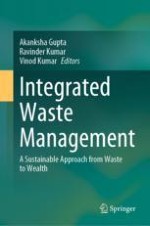2024 | OriginalPaper | Buchkapitel
Sustainable Nuclear Waste Management: A Nano Materials Perspective
verfasst von : Rishi Ram, Priyanka Jhajharia, Bhawna, Vinod Kumar
Erschienen in: Integrated Waste Management
Verlag: Springer Nature Singapore
Aktivieren Sie unsere intelligente Suche, um passende Fachinhalte oder Patente zu finden.
Wählen Sie Textabschnitte aus um mit Künstlicher Intelligenz passenden Patente zu finden. powered by
Markieren Sie Textabschnitte, um KI-gestützt weitere passende Inhalte zu finden. powered by
